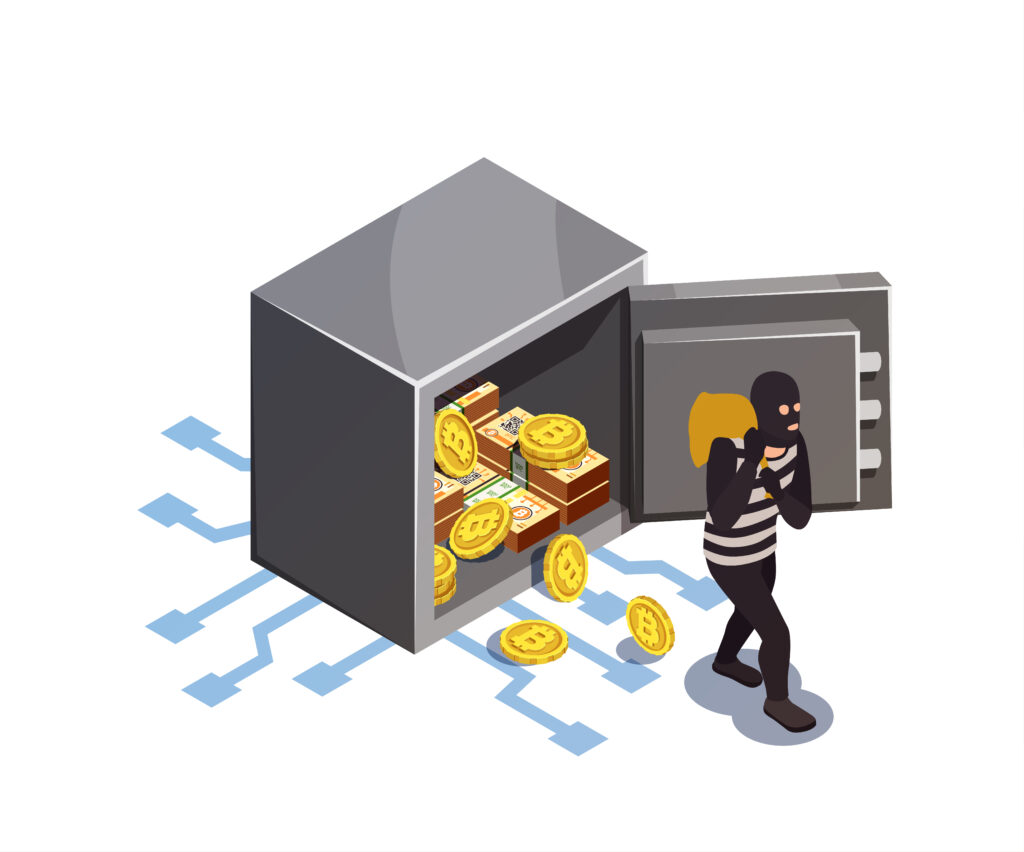Automated Teller Machines (ATMs) have become an integral part of our daily lives, providing convenient access to cash and various banking services. While ATMs are designed with robust security measures, there are concerns about the possibility of hacking these machines. In this article, we will explore whether it’s possible to hack an ATM machine, the challenges involved, and the steps taken by financial institutions to ensure their security.

Understanding ATM Security
ATMs are designed to securely dispense cash and perform other banking functions. They are equipped with several security features to protect against unauthorized access and fraud:
-
PIN Security: ATM transactions require a Personal Identification Number (PIN) to authenticate the user. The PIN is known only to the account holder.
-
Card Security: ATM cards use secure microchips and magnetic stripes to store account information. These chips are designed to resist tampering and skimming.
-
Secure Enclosures: ATMs are housed in secure enclosures that are resistant to tampering and break-ins.
-
Camera Surveillance: Most ATMs are equipped with security cameras that record transactions and monitor the surroundings.
-
Encryption: Data transmitted between the ATM and the bank is encrypted to protect it from interception.
-
Tamper-Evident Features: ATMs are equipped with tamper-evident features that can detect and alert authorities in case of physical tampering.
Is It Possible to Hack an ATM Machine?
While it’s theoretically possible to hack an ATM machine, it’s crucial to understand the significant challenges involved:
-
Physical Security: ATM machines are typically located in secure enclosures, making it challenging to gain physical access to the machine.
-
PIN Security: Hacking the user’s PIN is a formidable challenge since it is typically encrypted and stored securely within the ATM.
-
Skimming: Skimming devices, which capture card information, are a more common method of attack. However, these devices are often discovered and removed quickly.
-
Network Security: Hacking into the network connecting ATMs to the banking system requires significant expertise and often involves multiple layers of security.
-
ATM Software Security: ATM software is proprietary and tightly controlled by banks, making it challenging to exploit vulnerabilities.
-
Video Surveillance: Security cameras monitor ATM locations, making it difficult for hackers to tamper with the machines without being recorded.
Potential Risks of ATM Hacking
If someone successfully hacks an ATM machine, it can lead to several risks:
-
Unauthorized Cash Withdrawals: A hacker could potentially withdraw cash from the ATM using compromised accounts.
-
Card Skimming: Hacked ATMs can capture card information, leading to identity theft and financial fraud.
-
Security Vulnerabilities: If a hacker gains access to an ATM’s network, they may discover and exploit vulnerabilities in the system.
-
Compromised Customer Data: ATM hacking may compromise customer data, exposing sensitive information.
-
Loss of Trust: Successful ATM hacks can erode public trust in banking institutions and their ability to secure customer data.
Steps Taken by Financial Institutions to Ensure ATM Security
Financial institutions are well aware of the risks associated with ATM security and have implemented various measures to protect their machines:
-
Physical Security: ATM machines are often installed in secure locations with restricted access.
-
Constant Monitoring: ATMs are monitored 24/7 for any suspicious activity, and alerts are sent to authorities in case of any tampering.
-
Encryption: Data transmitted between the ATM and the bank is encrypted, making it challenging for hackers to intercept and manipulate.
-
Regular Inspections: ATMs are regularly inspected for signs of tampering or skimming devices.
-
Security Cameras: Security cameras monitor ATM locations and capture video footage of all transactions.
-
Secure Enclosures: ATMs are installed in secure enclosures, which are designed to withstand physical attacks.
-
Skimming Detection Technology: Financial institutions employ technology to detect and remove skimming devices quickly.
Conclusion
The security of ATM machines is a top priority for financial institutions, and while hacking is theoretically possible, the challenges and risks involved make it a formidable endeavor. The extensive physical security measures, encryption, and surveillance in place serve as strong deterrents against hacking attempts.
It is important to note that the vast majority of ATM transactions occur without any issues, and most customers can use these machines with confidence. However, it’s always wise to exercise caution when using ATMs, such as covering the keypad when entering your PIN and reporting any suspicious activity or damaged machines to the bank. This collective effort ensures that ATMs remain a safe and convenient means of accessing banking services.